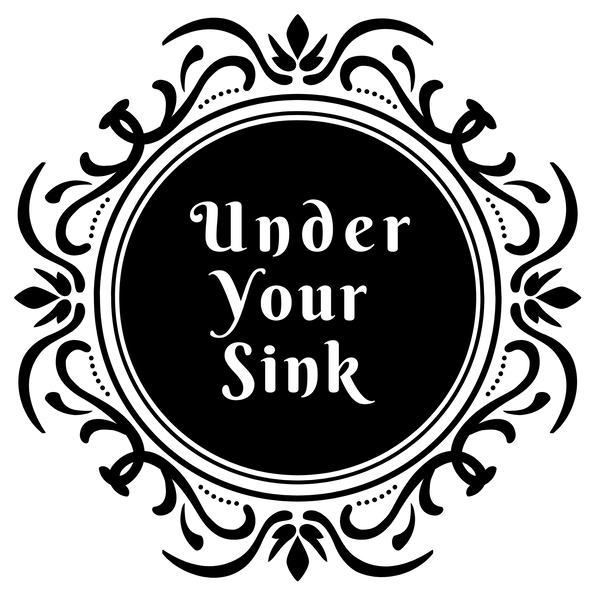
Multi Purpose Cleaning Paste
🌱 This cleaning paste is for the jobs that need scrubbing, not spraying.
This is one of the most useful cleaning products you can make at home.
I learnt this recipe years ago from a soap maker at a market and it’s been a permanent fixture under my sink ever since. Growing up, my mum cleaned almost everything with a bottle of Jif. This is my natural, low-tox version - without the plastic, fumes, or unnecessary extras.
You’ll hear it called Laundry Butter because of its thick, buttery texture, but don’t let the name fool you. This paste isn’t just for laundry. It’s a true multi-purpose cleaner that works across the kitchen, bathroom, laundry and even outdoors.
There are no strict rules here - once you understand the base, you can adapt it to suit the job.
What This Cleaning Paste Replaces
This single paste can replace multiple supermarket products, including:
- Cream cleaners (Jif, Gumption style products)
- Bathroom and shower scrubs
- Sink, bath and tile cleaners
- Laundry stain sticks and pre-treaters
- Heavy-duty kitchen degreasers
- BBQ, bin and outdoor cleaners
One product. Many jobs.

